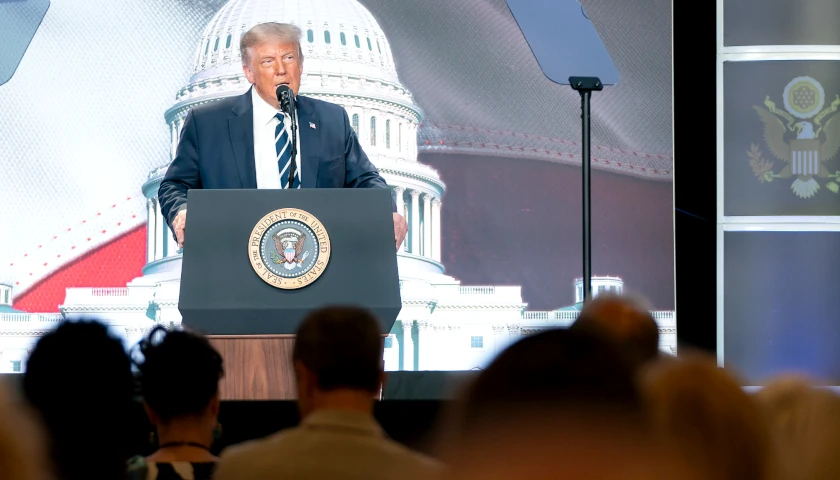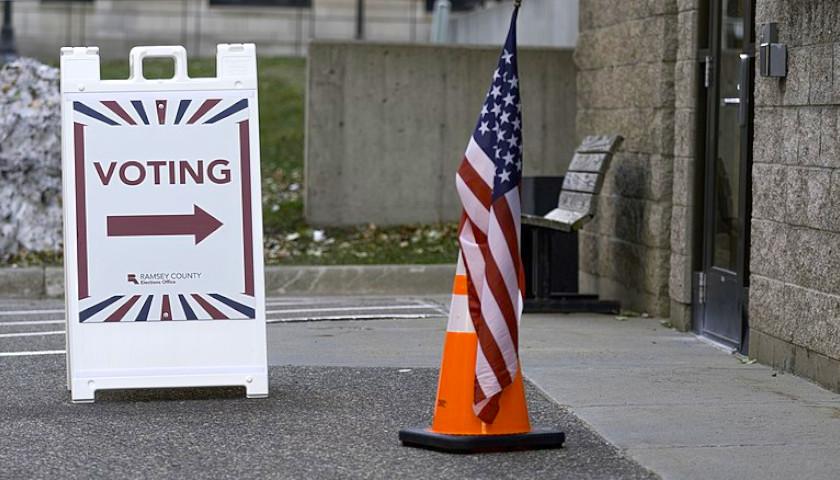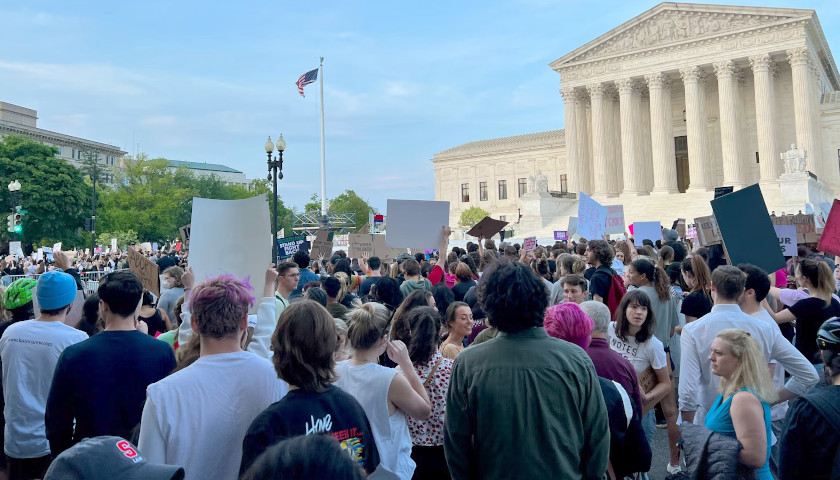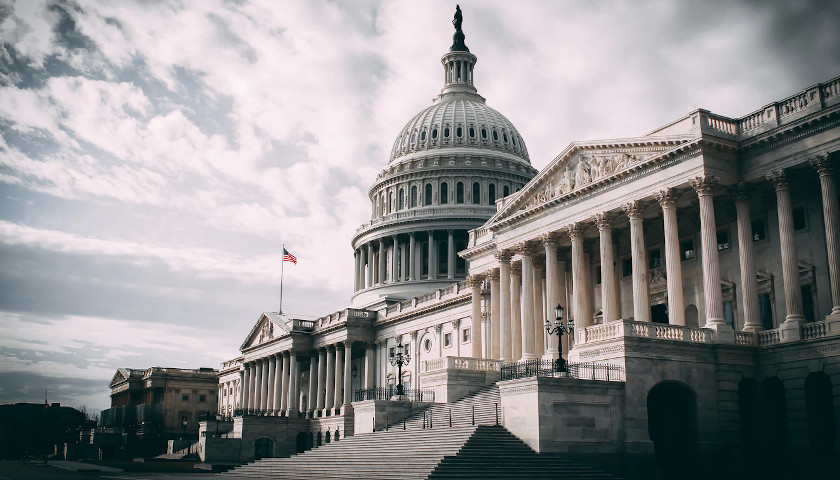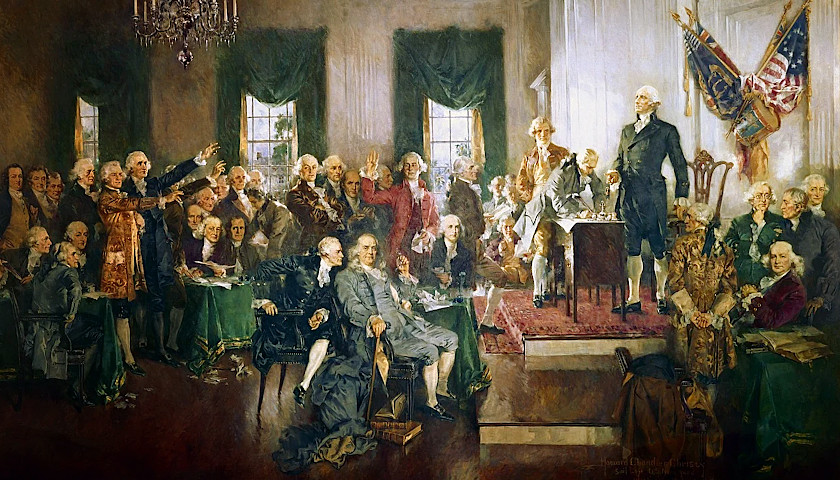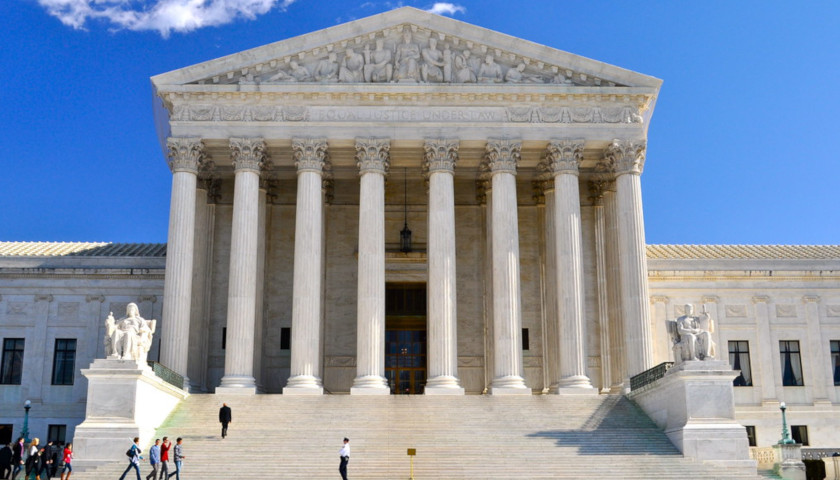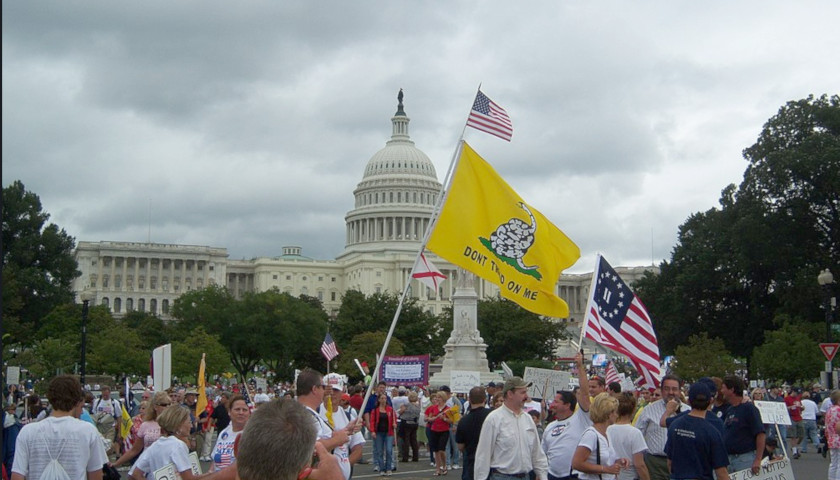The presidential election is in its final stretch and the race is neck-and-neck, according to the polls. The outcome will have a profound impact at all levels of government and business, so preparing for a second Trump term would be prudent.
In office and on the campaign trail, former President Trump has championed federalism and granting the states greater latitude to implement policies and programs. He has voiced a commitment to reducing the footprint of federal regulations. As president, he implemented executive orders and other actions that sought to ease regulatory costs and effects. The Trump Administration also galvanized deregulatory efforts at the state and local level through the Governors’ Initiative on Regulatory Innovation. A similar effort can be expected in a second term.
Read More
